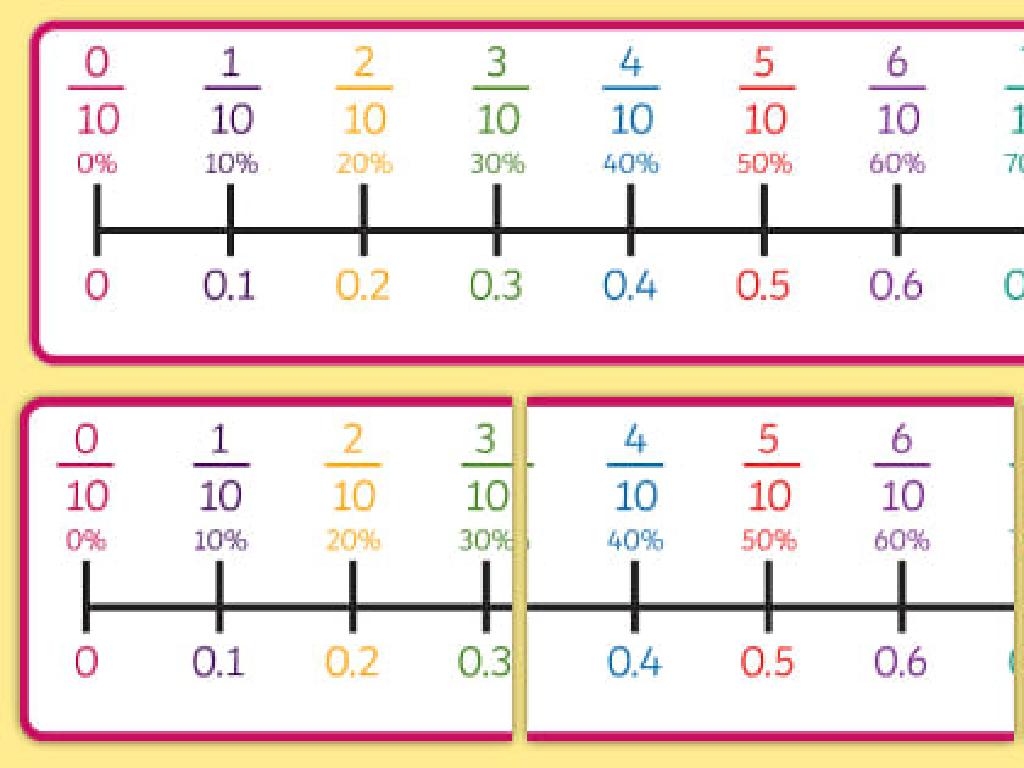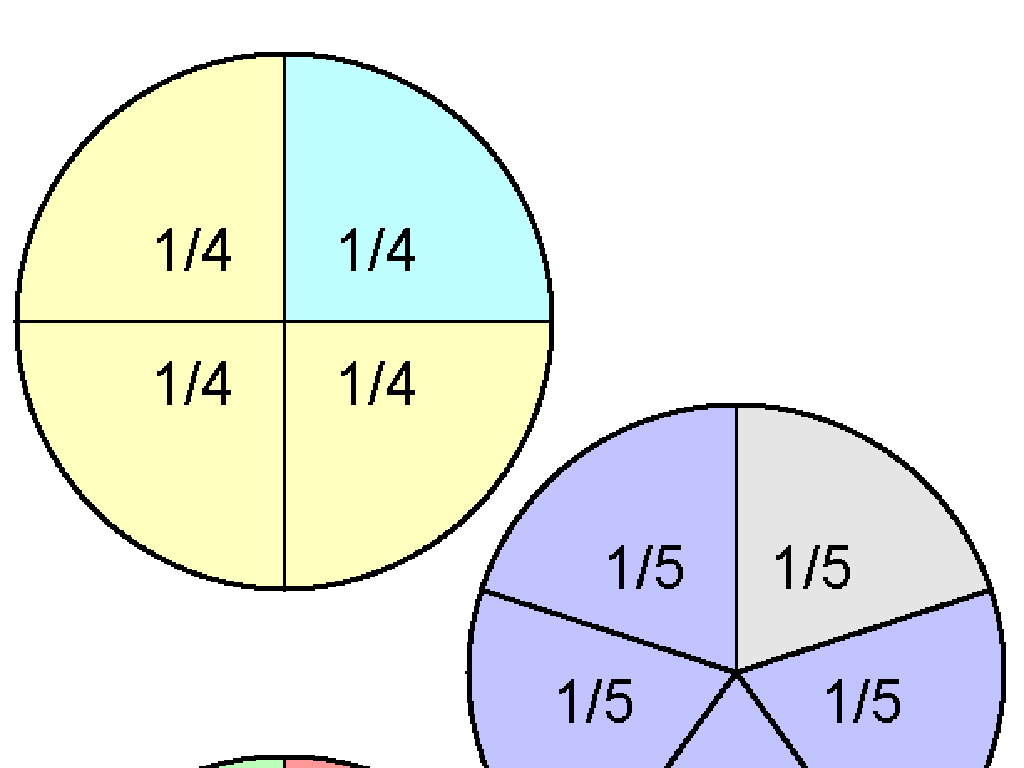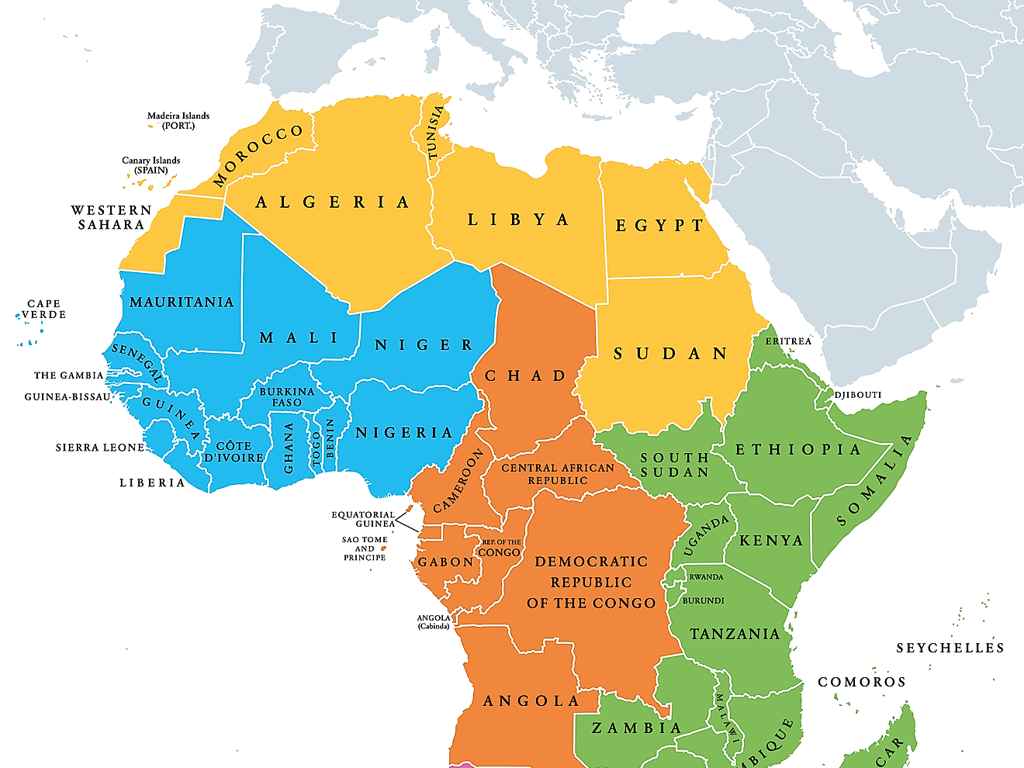Predict Heat Flow And Temperature Changes
Subject: Science
Grade: Sixth grade
Topic: Thermal Energy
Please LOG IN to download the presentation. Access is available to registered users only.
View More Content
Welcome to Thermal Energy!
– Exploring Thermal Energy
– Thermal energy is the total energy of particles in an object.
– Defining Heat
– Heat is energy transferred between substances or objects with different temperatures.
– Temperature vs. Heat
– Temperature measures how hot or cold an object is, while heat is the transfer of thermal energy.
– Predicting Heat Flow
– We can predict heat flow from warmer to cooler objects until temperatures equalize.
|
This slide introduces students to the concept of thermal energy, which is a crucial part of understanding how heat works. Begin by explaining that thermal energy is related to the movement of particles within an object. Then, define heat as the energy that is transferred from a warmer object to a cooler one. Clarify the difference between temperature, which is a measure of how hot or cold something is, and heat, which is the energy transfer that occurs due to temperature differences. Finally, discuss how heat flows from warmer objects to cooler ones until both reach the same temperature. Use relatable examples like a hot cup of cocoa cooling down or an ice cream melting in the sun to illustrate these concepts.
Understanding Thermal Energy
– Thermal energy defined
– The sum of kinetic and potential energy of particles in an object.
– Particle movement and energy
– Particles move faster when they have more thermal energy, which usually means a higher temperature.
– Thermal vs. total energy
– Thermal energy is one component of an object’s total energy, including kinetic and potential energy.
– Measuring thermal energy
|
Thermal energy is the total kinetic and potential energy of all the particles in an object. It’s important for students to understand that as particles move faster, they have more thermal energy, which we often perceive as an increase in temperature. However, thermal energy is not the same as temperature; it’s a part of the total energy of an object, which also includes other forms of energy. When teaching this concept, use examples like boiling water where the increase in thermal energy results in faster-moving water molecules, leading to a change in temperature. Discuss how we measure thermal energy and its effects on the state of matter of an object.
Understanding Heat Flow
– Heat travels from warm to cool areas
– Like a spoon heating up in hot tea
– Conduction, convection, radiation
– Conduction: touching a hot pot, Convection: warm air rising, Radiation: feeling the sun’s warmth
– Everyday examples of heat flow
– Ice melting, hand warming near a fire
|
This slide introduces the concept of heat flow and the three methods of heat transfer: conduction, convection, and radiation. Heat naturally moves from areas of higher temperature to lower temperature. Conduction occurs through direct contact, convection through fluid movement, and radiation through electromagnetic waves. Use relatable examples to help students understand how heat transfer occurs in their daily lives, such as feeling the warmth of the sun or noticing ice melting on a warm day. Encourage students to think of more examples and to observe these phenomena at home or in the classroom.
Understanding Temperature Changes
– Temperature: hot or cold measure
– Measured in degrees Celsius or Fahrenheit
– Temperature change indicates heat flow
– Heat moves from warmer to cooler areas, causing temperature changes
– Exploring heat flow through experiments
– Try adding warm water to cold and observe the temperature change
|
This slide introduces the concept of temperature and its measurement as a foundation for understanding thermal energy. Temperature is a basic yet crucial concept that indicates how hot or cold an object is and is measured in degrees, using either the Celsius or Fahrenheit scale. Emphasize the relationship between temperature change and heat flow, explaining that heat naturally flows from warmer objects to cooler ones until equilibrium is reached. To reinforce this concept, suggest a simple experiment where students can add warm water to cold water and observe the temperature change, which visually demonstrates heat flow. This activity will help students grasp the idea that temperature changes are a sign of heat flow, a key concept in the study of thermal energy.
Predicting Heat Flow in Thermal Energy
– Factors affecting heat flow
– Material type, temperature difference, and duration affect heat transfer
– Direction of heat flow
– Heat moves from warmer to cooler areas
– Real-life heat flow scenarios
– Examples: A metal spoon in hot soup or ice melting in the sun
– Predicting temperature changes
|
This slide introduces students to the concept of heat flow and the factors that influence it. Emphasize that heat flow is affected by the type of material (conductors vs. insulators), the difference in temperature between objects, and the amount of time the objects are in contact. Explain that heat naturally flows from a warmer substance to a cooler one until both reach the same temperature. Use relatable examples like a metal spoon heating up in hot soup or ice melting on a warm day to illustrate these concepts. Encourage students to think of other examples where they can predict the direction of heat flow and the resulting temperature changes.
Conductors and Insulators
– Heat flow in conductors
Metals like copper and aluminum allow heat to pass through quickly.
– Insulators resist heat flow
Materials like rubber and wood slow down heat transfer.
– Examples of conductors
Pots and pans are often made of metal to cook food evenly.
– Examples of insulators
Styrofoam and fiberglass are used to keep buildings warm.
|
This slide introduces the concepts of conductors and insulators in the context of thermal energy. Conductors are materials that allow heat to pass through them easily, which is why metals like copper and aluminum are commonly used in cooking utensils. Insulators, on the other hand, resist the flow of heat. They are used in various applications where limiting heat transfer is desired, such as in the insulation of houses. Encourage students to think about why certain materials are used for specific purposes based on their conducting or insulating properties. Provide real-world examples to solidify their understanding, and consider demonstrating with a simple experiment using household items to show heat transfer.
Class Activity: Observing Heat Flow
– Conduct a heat flow experiment
– Gather metal and plastic spoons, hot water
– Predict which spoon heats up faster
– Discuss the reason for your prediction
– Think about the properties of metal and plastic
|
In this class activity, students will engage in a hands-on experiment to understand heat flow and temperature changes. Provide each group with a metal spoon, a plastic spoon, and cups of hot water. Before starting, ask students to predict which spoon will heat up faster and to explain their reasoning, focusing on the thermal conductivity of metal versus plastic. As they conduct the experiment, they should touch the spoons carefully to feel which one heats up faster. After the experiment, lead a discussion on their observations and whether their predictions were correct. This will help them grasp the concept of heat transfer and the properties of different materials. Possible variations of the activity could include using different liquids, such as cold water, or different materials, like wood or glass, to compare heat flow.
Conclusion: Thermal Energy and Heat Flow
– Recap of thermal energy concepts
– Thermal energy relates to the movement of particles in an object.
– Significance of heat flow
– Knowing heat flow helps us insulate homes and cook food efficiently.
– Review predictions vs. results
– Did our initial predictions match the experimental outcomes?
– Reflect on learning outcomes
|
As we wrap up our lesson on thermal energy and heat flow, it’s important to revisit the key concepts we’ve learned. Thermal energy is the total kinetic energy of particles in an object, and it’s what we feel as heat. Understanding how heat flows from warmer to cooler objects is crucial in everyday life, from keeping our homes warm to cooking our meals properly. We’ve made predictions about how heat will move in different scenarios and tested these predictions with experiments. Now, let’s review our results and see how well our predictions matched the actual outcomes. This reflection will help reinforce the concepts and show the practical application of what we’ve learned.






